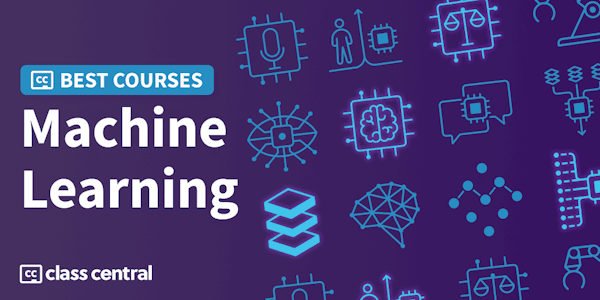Vision, Touch & Sound for Robustness & Generalizability in Robotic Manipulation
Stanford University via YouTube
Overview
Syllabus
HAI Weekly Seminar
Previous work
Experimental setup
Learning generalizable representatie
Dynamics prediction from self-supervi
How is each modality used?
Overview of our method
Lessons Learned
Overview of today's talk
Related works
Crossmodal Compensation Model CC
Training CCM
Corrupted sensor detection during deploy
CCM Task Success Rates
Model-based methods fit physically interpretable parameters
Deep learning-based methods can lean from data in the wild
Differentiable audio rendering can learn interpretable parameters from data in the wild
Difflmpact gets the best of both worlds impact sounds
Physically interpretable parameters are easier to reuse
Decomposing an impact sound is an posed problem
Modeling rigid object impact forces
Parameterizing contact forces
Optimize an L1 loss on magnitude spectrograms
Analysis by Synthesis Experiment
Analysis by Synthesis: Ceramic Mug
End-to-End Learning ASMR: Ceramic Plate
Robot Source Separation Experiment
Steel Fork and Ceramic Mug
Difflmpact's Key Takeaways
Conclusions
Thank you for your Attention
Taught by
Stanford HAI




